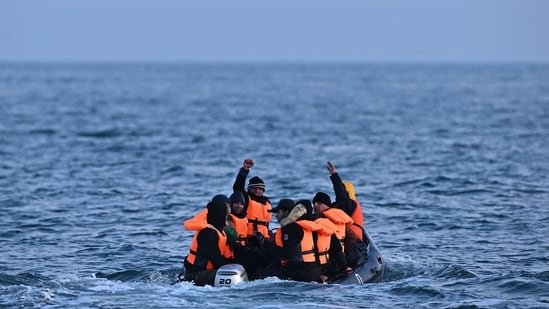
On Sunday, the US claimed that the drone that hit an India-bound ship was fired from Iran. Though Tehran has denied the claim, the prospect of the Gaza war spreading beyond its immediate location looms large. Since October 7, when Hamas launched a terror strike within Israel killing over 1,200 people, over 20,000 Gazans have been killed and almost all of Gaza’s 2.3 million residents are displaced. The Arab nations, which have been mending fences with Israel, have been engaged in quiet diplomacy, but non-State actors in the region, such as the Houthi rebels in Yemen, are threatening to expand the theatre of war, or at least hurt the world economy that is yet to recover since Covid and the Ukraine war. Since October, at least 15 vessels in the Red Sea have been hit by the Houthis.

The Houthis are in the vicinity of the narrow Bab el-Mandeb Strait that connects the Indian Ocean to the Red Sea, which links Asia via the Suez Canal and the Mediterranean Sea to Europe. The rebels have been targeting merchant ships sailing this busy stretch of water: Shipping lanes on this route account for 12% of global trade. Ten global firms have suspended operations in the Red Sea, preferring to take the circuitous route via the Cape of Good Hope. Commercial containers now levy a $700 surcharge on each container, threatening a $1 a barrel price hike for crude, and $4 a barrel hike for refined products. The US has launched Operation Prosperity Guardian to secure the Red Sea route for traffic, but it is unsure if the invited navies will join. A less expensive option for Washington would be to convince Tel Aviv to end this brutal war, which has assumed genocidal characteristics. For it is not just West Asia that is bleeding.







